Text Messaging Remains Most Important Feature for Cell Phone Buyer, Survey Says July 2, 2008 According to a survey of cell phone users commissioned by ACCESS Systems Americas, Inc. and conducted by independent research firm Amplitude Research, buyers of new cell phones view accessing the Internet (61%) and email capabilities (63%) as most important features along with such items as text messaging (73%) and a camera (67%). Among the list of 19 items respondents selected from, music (34%) and video capability (33%) were also frequent choices, with only a small percentage selecting such features as battery life (0.5%) or voice activation (0.33%). Fifteen years have passed since Neil Papworth in England sent the world's first text message to a cell phone with the simple phrase of "Merry Christmas" to the person receiving the greeting on his cell phone, Richard Jarvis. "We've come a long way since that first text message was sent to a cell phone from a computer keyboard — because at that time cell phones were not yet designed to type out and send individual letters of the alphabet," said Kiyo Oishi, COO, ACCESS Systems Americas, Inc. "It's truly a milestone that in 2008, 73% of new cell phone buyers cite 'text messaging' as the 'most important' feature on their device." Look Ma, No Hands According to the survey, just over 62% of survey respondents said they would use a "Bluetooth" device to comply with laws restricting the use of cell phones or mobile devices when driving; slightly more than 51% said they would employ a hands-free microphone on an existing mobile device; 18.5% said they would stop using the phone in the vehicle. Just over 12% said they would use voice recognition software, and just over 7% said they would "ignore the law and hope not to get caught." Adding Cell Phone Applications 39% of the survey respondents have added new applications (e.g., games; graphics programs; online photo management, Internet phone applications/VOIP; stock trackers; sports teams/games trackers; business applications; productivity; utilities) to their cell phone, with just over 21% adding six or more new applications. When cell phone users were asked to identify (from a list of nine items) the two cell phone applications that are not necessary to have, stock trackers (42%) and sports teams/games trackers (36.6%) were selected most often. Business applications (10.3%), productivity (7.5%), and utilities (4.8%) were selected the least i.e., are more often perceived as necessary items. Not All Talk: Email Has Significant Usage 41% of the survey respondents who use a cell phone with emailing capabilities said they send or check for emails one to five times a day. Almost 16% said they send or check for emails between six and ten times a day; 14% said the use their cell phone for emailing more than ten times a day, while 28% said they never use their cell phone for emailing. Of the survey respondents who have a cell phone with emailing capabilities but who do not currently use those capabilities, nearly 12% said they believe they will start using their cell phone to send or check for emails within the next year, while almost 46% answered they might. Nearly 40% of the survey respondents said they use their cell phone for various kinds of "alerts," such as traffic, weather, stock market updates, sales-at-favorite-stores alerts and TV show updates. Bank On It? Nearly 30% of the survey respondents said they use their cell phone for banking transactions or to check their bank account balances. Of the 70% who said they don't, almost 56% said they had no interest in doing so in the future, while almost 38% said they were "somewhat interested" in using their cell phone for banking transactions or to check their bank account balances, and just over 6% said they were "very interested." Only 16% of the survey respondents said they use their cell phone to make credit card or mortgage payments, and of the nearly 84% who said they don't, almost 67% said they had no interest in doing so in the future, with almost 29% saying they were "somewhat interested," and just over 4% expressing they are "very interested" in using their cell phone to make credit card or mortgage payments. 88% of the survey respondents said they found it "very important" to have a cell phone to use in case of an emergency, while 4.83% said that the only reason they have a cell phone is in case of emergency. Cell Phone Hack Attacks Do Happen When asked if their cell phone had ever been hacked, just over 79% said "no," almost 5% answered "yes," just over 9% said they "didn't know," and almost 7% answered "I'm not aware that hacking of my device is a significant threat." The Carrier Matters to Most When buying a new cell phone, collectively almost 74% of the survey respondents said they either strongly consider the telecommunications service provider (55.6%) or that the carrier is the most important consideration (18.3%). 23% said they somewhat consider who is the carrier, with only 3% noting they do not consider at all the carrier. About the Survey The survey was conducted during the January 29 to January 31, 2008 time frame using Amplitude's Panelspeak® web panel (http://www.panelspeak.com). The survey asked cell phone users a series of questions about attitudes on new cell phone purchasing and usage behavior. The associated "maximum" margin of sampling error was 4.0% at the 95% confidence level. About Amplitude Research, Inc. Amplitude Research® (http://www.amplituderesearch.com) is a privately owned survey research organization headquartered in Boca Raton, Florida, with blue chip clients located throughout the United States and Canada. Amplitude combines its proprietary survey platform, experienced professional services, and top-quality sample to deliver actionable survey results. The name "Amplitude" Research and its tagline "loud and clear" signify Amplitude's high-quality statistical and reporting services tailored to meet each client's specific needs. About ACCESS ACCESS Systems Americas, Inc. is a wholly-owned subsidiary of ACCESS CO., LTD., a global company providing leading technology, software products and platforms for Web browsing, mobile phones, wireless handhelds, and other networked devices. ACCESS' product portfolio, including its NetFront™ Browser, Garnet™ OS (formerly Palm OS®) and ACCESS Linux Platform™, provides customers with solutions that enable faster time to market, flexibility and customizability. The company, headquartered in Tokyo, Japan, operates 24 subsidiaries and affiliates within Asia, Europe and the United States. ACCESS is listed on the Tokyo Stock Exchange Mother's Index under the number 4813. For more information about ACCESS, please visit http://www.access-company.com/ © 2008 ACCESS CO., LTD. All rights reserved. ACCESS, NetFront, Garnet and ACCESS Linux Platform are trademarks or registered trademarks of ACCESS CO., LTD. in the United States, Japan and other countries. The registered trademark Linux® is used pursuant to a sublicense from LMI, the exclusive licensee of Linus Torvalds, owner of the mark on a world-wide basis. Palm OS is a trademark owned by Palm Trademark Holding Company and is licensed exclusively to ACCESS Systems Americas, Inc. All other trademarks and logos are the property of their respective owners. SOURCE ACCESS Systems Americas, Inc. | 









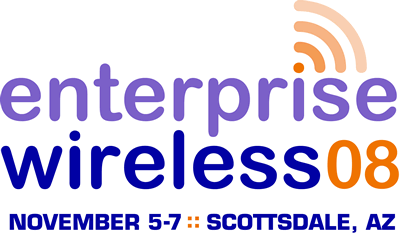





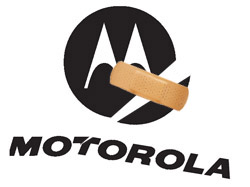 Motorola's leadership has failed, since the days of Ed Zander and now with Greg Brown's arguable ineptitude, to capitalize on their fantastic success with the RAZR lineup of slim flip-phones. And, following quarter after quarter of massive net losses due to its handset manufacturing business, Motorola has attempted to turn their wayward ship around with repeated job-cuts and confused corporate restructuring. Most significantly, Motorola has decided to spin-off its handset business, in hopes that it can still make money from its cellphone-making business.
Motorola's leadership has failed, since the days of Ed Zander and now with Greg Brown's arguable ineptitude, to capitalize on their fantastic success with the RAZR lineup of slim flip-phones. And, following quarter after quarter of massive net losses due to its handset manufacturing business, Motorola has attempted to turn their wayward ship around with repeated job-cuts and confused corporate restructuring. Most significantly, Motorola has decided to spin-off its handset business, in hopes that it can still make money from its cellphone-making business.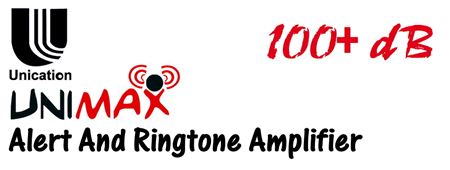

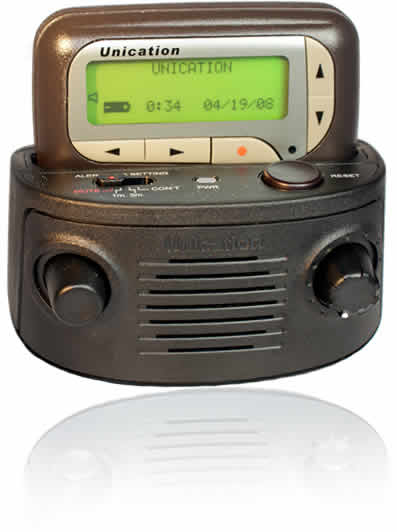

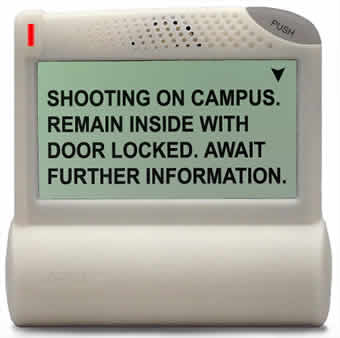

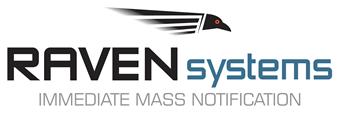

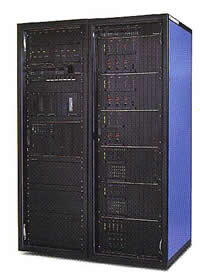
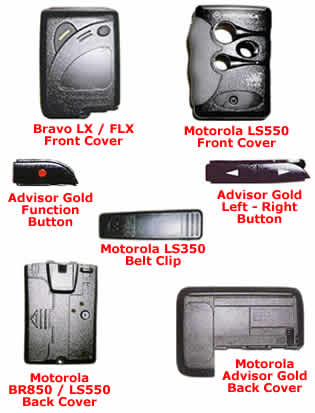

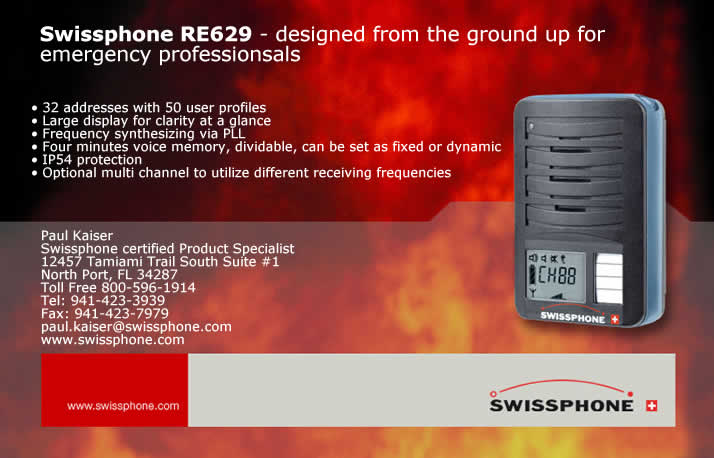
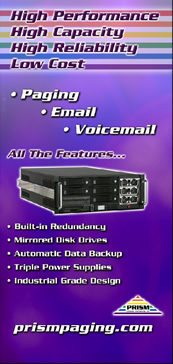





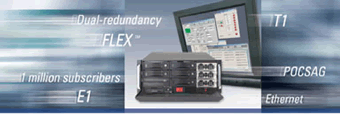
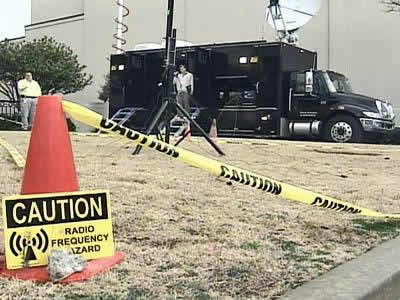
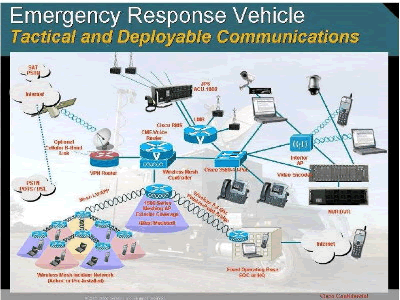


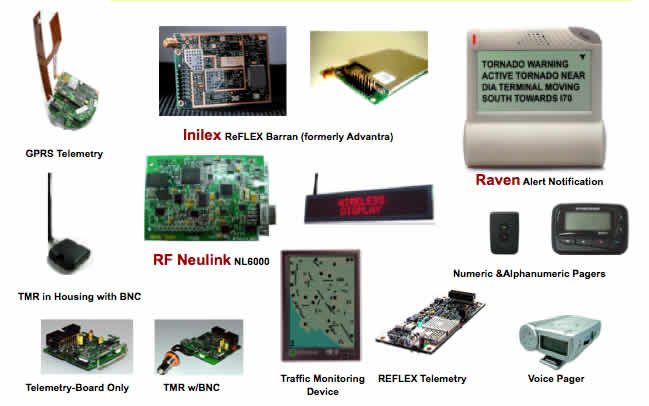
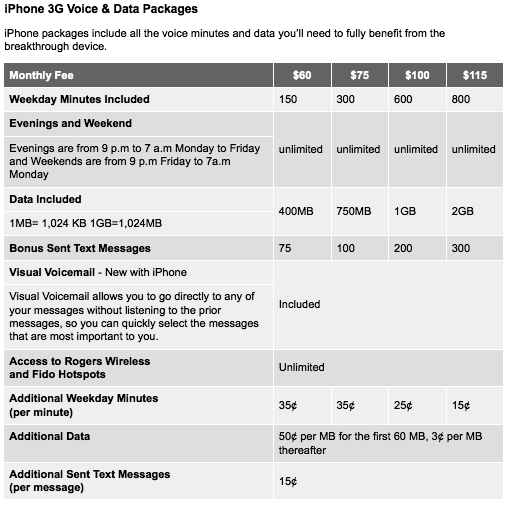

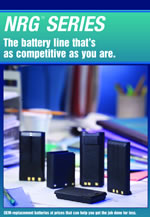


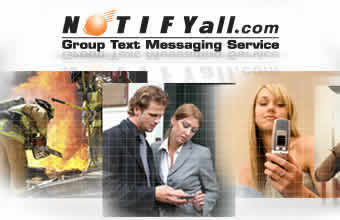


















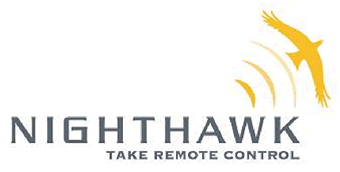






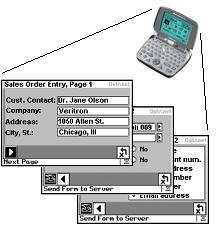 If you see someone in the field (like salespeople, technicians, and delivery people) using paper forms, their company could probably save a pile of money, and get much better timeliness, accuracy and efficiency, by using converting to Outr.Net's Wireless Forms. Custom applications for as little as $995, delivered in just a few days.Outr.Net has a web page on Wireless Forms for Timeports at:
If you see someone in the field (like salespeople, technicians, and delivery people) using paper forms, their company could probably save a pile of money, and get much better timeliness, accuracy and efficiency, by using converting to Outr.Net's Wireless Forms. Custom applications for as little as $995, delivered in just a few days.Outr.Net has a web page on Wireless Forms for Timeports at: 



